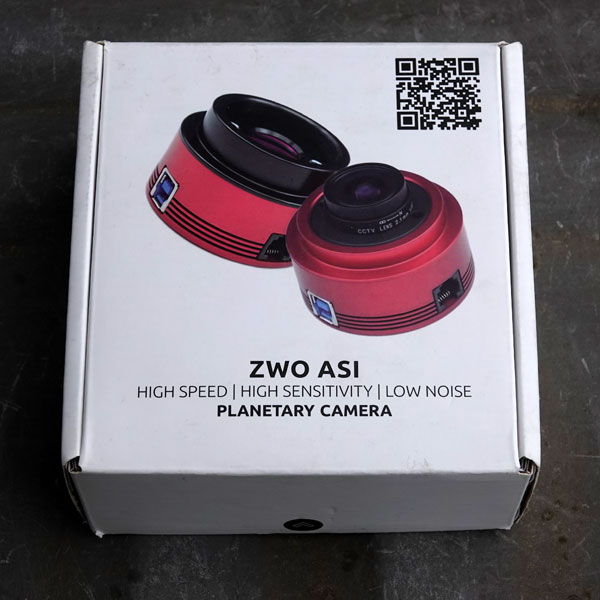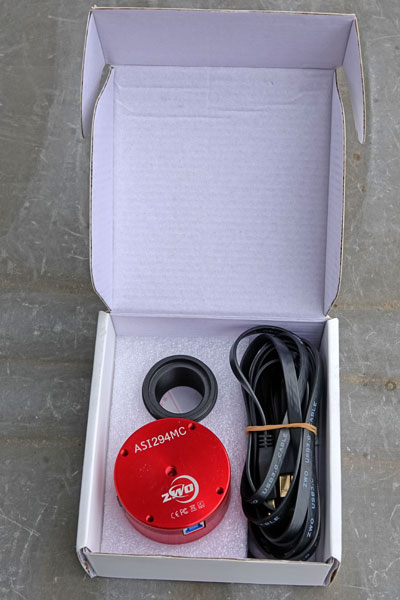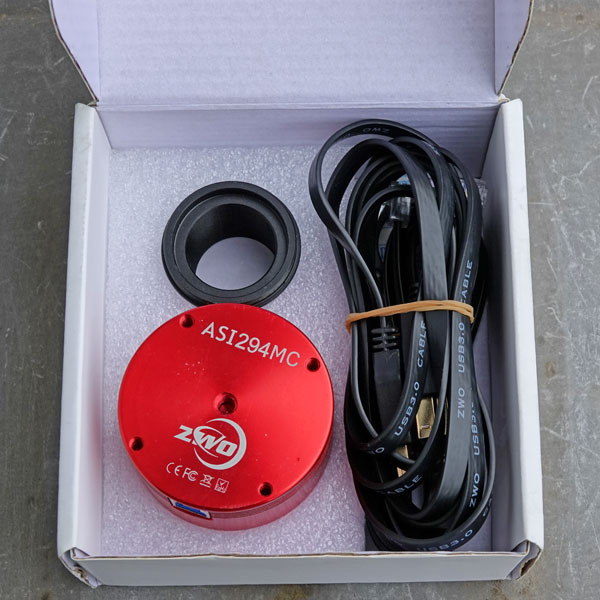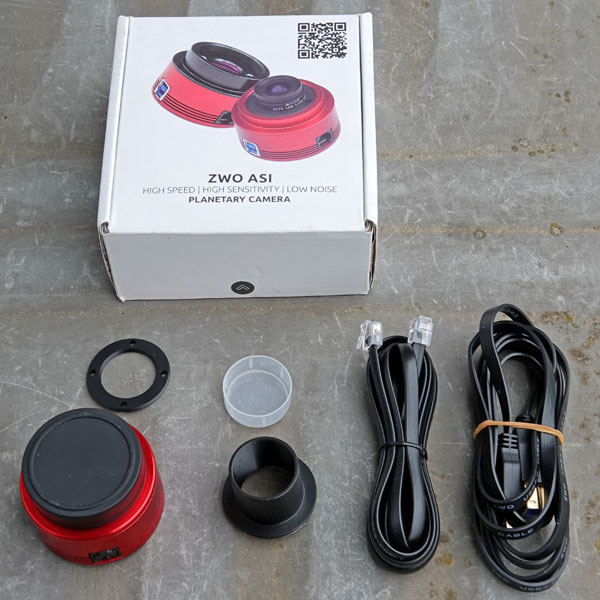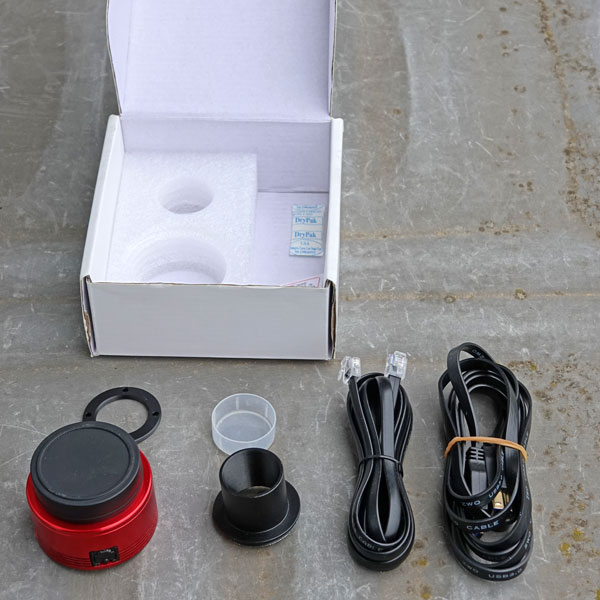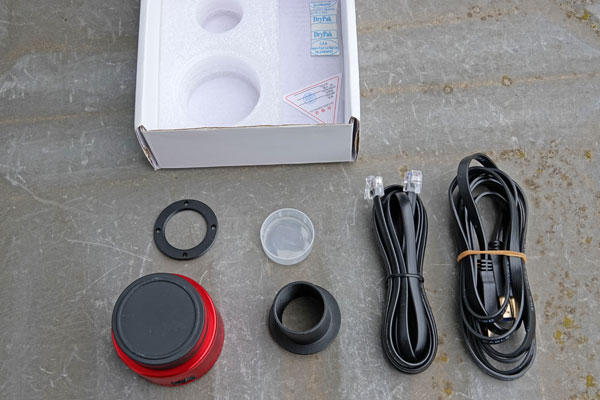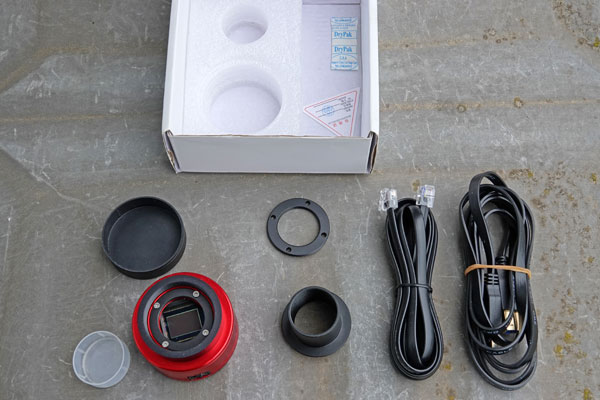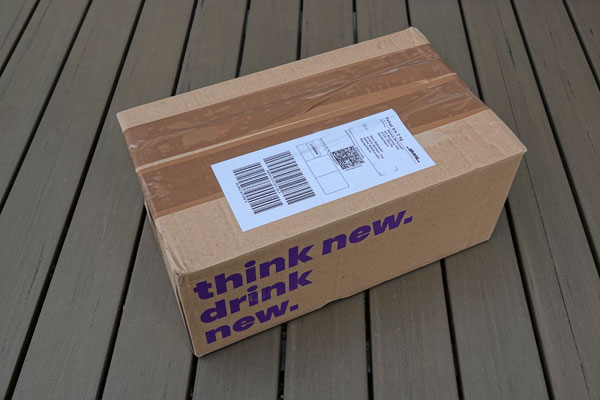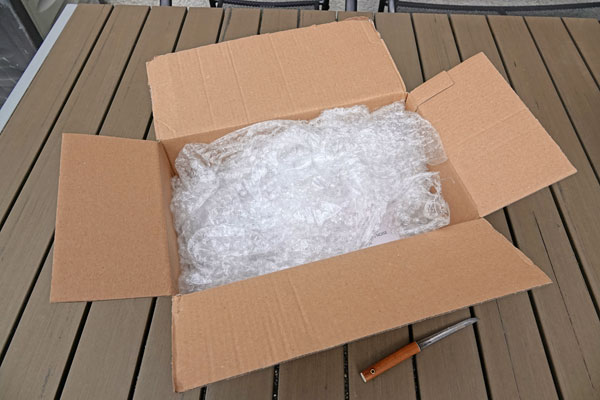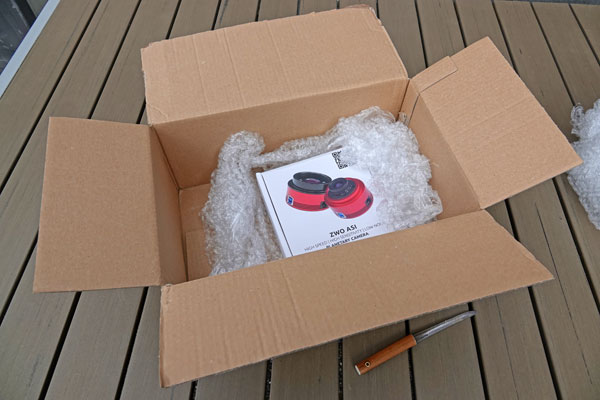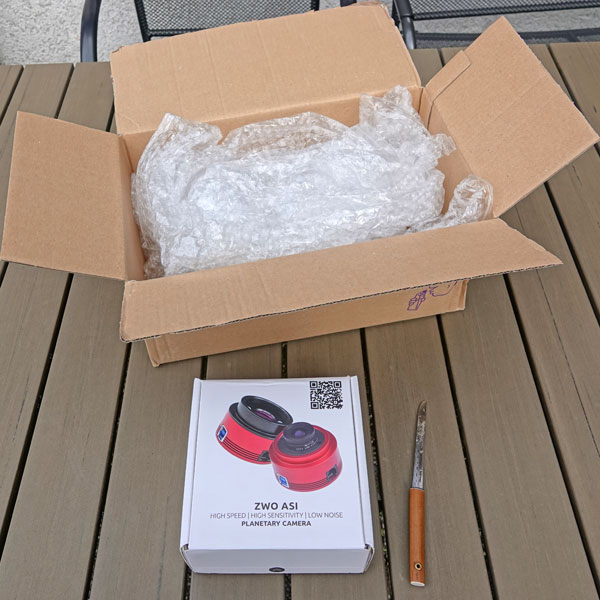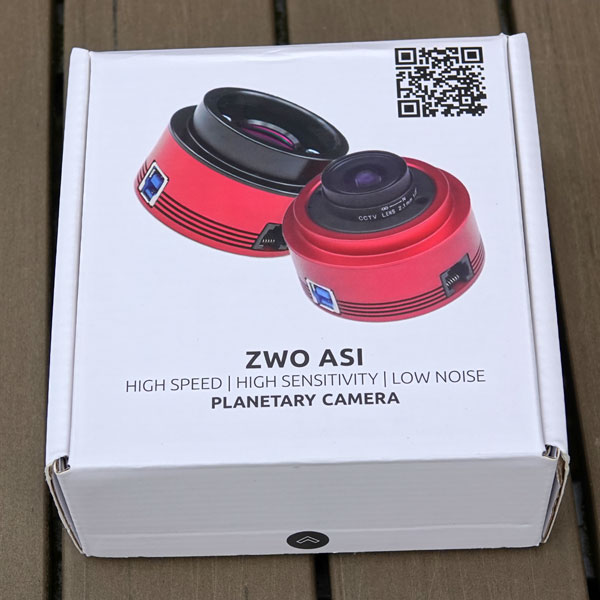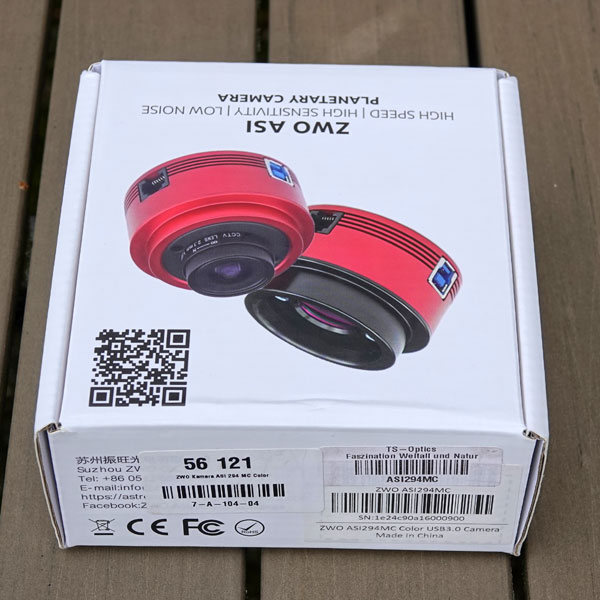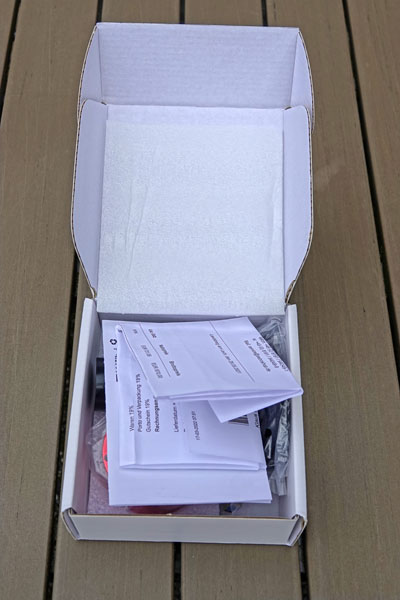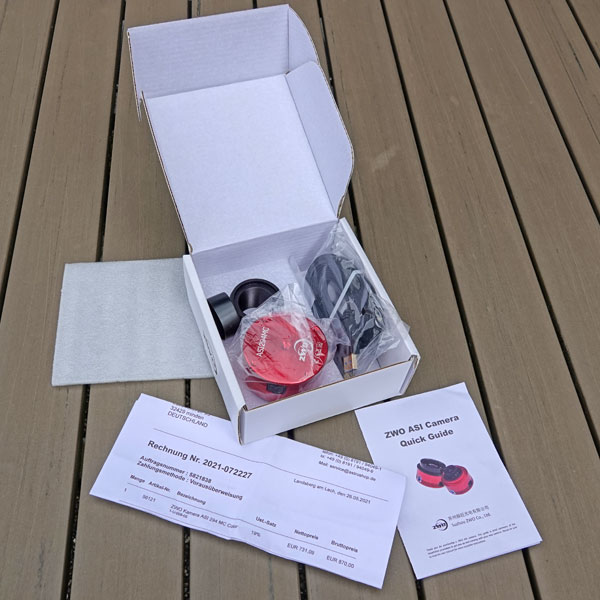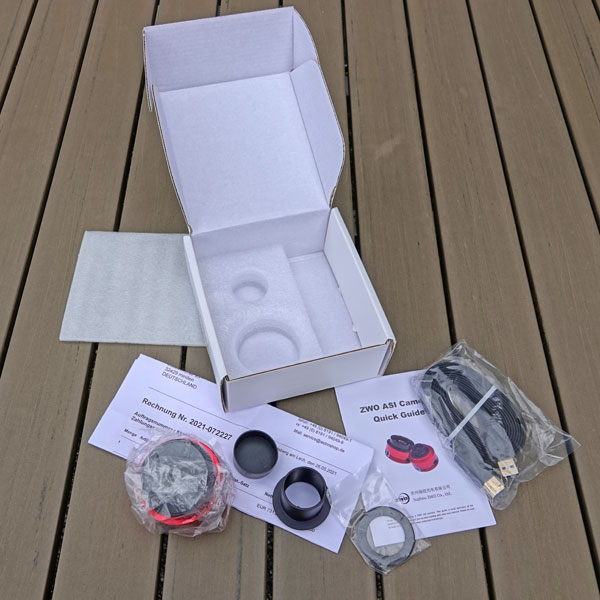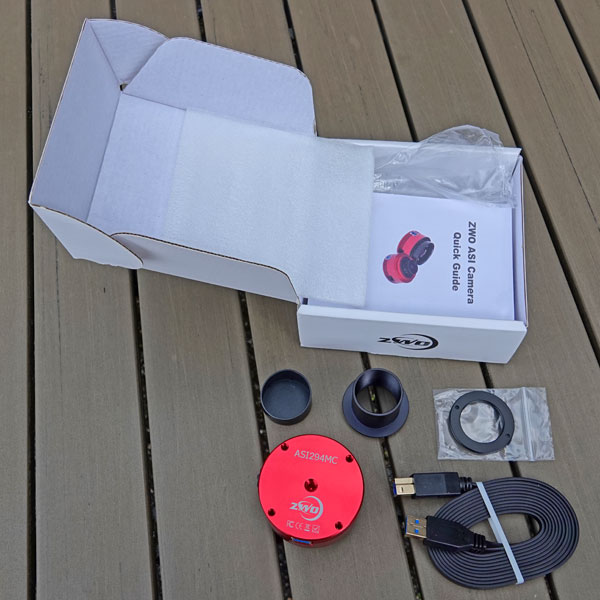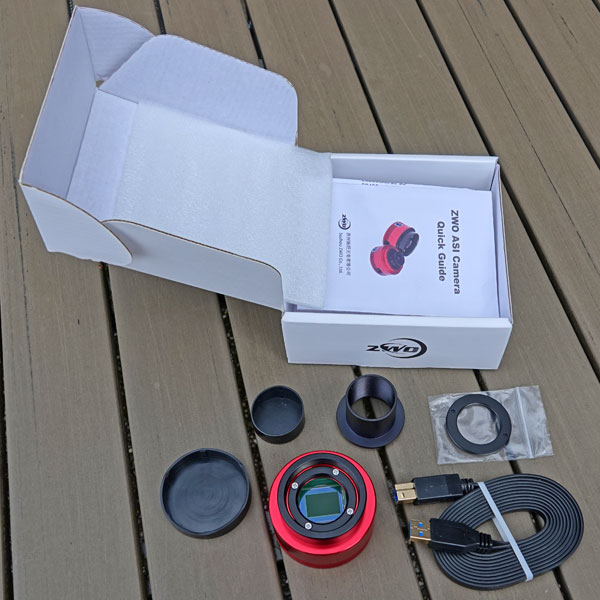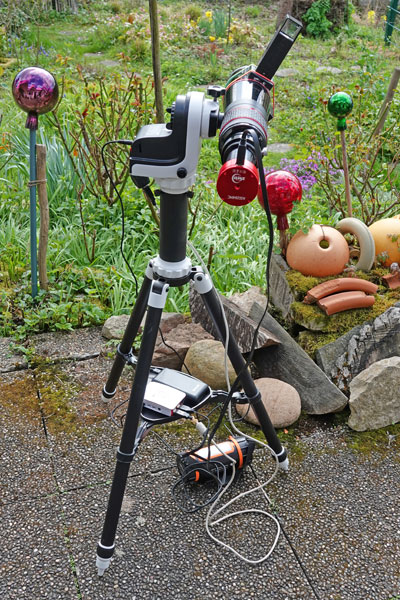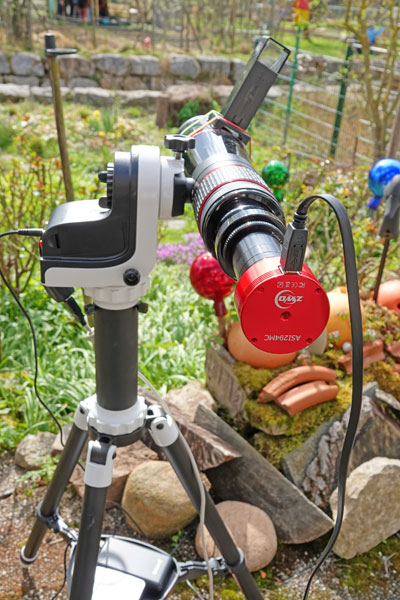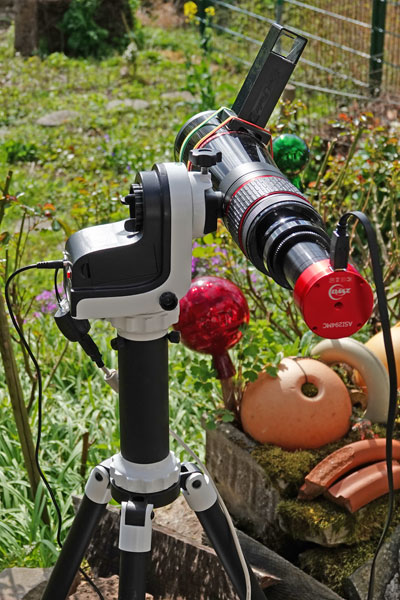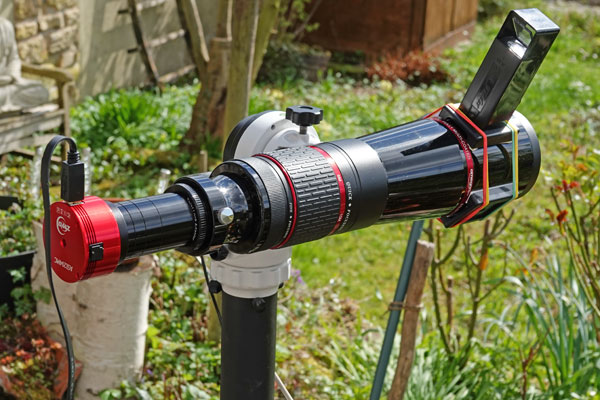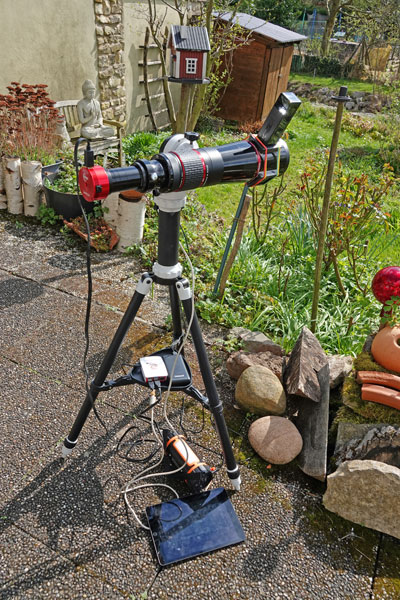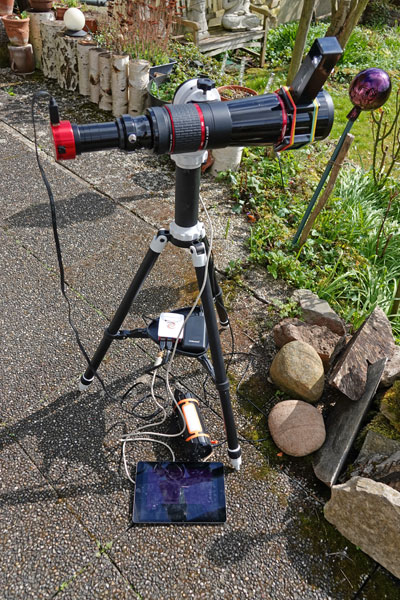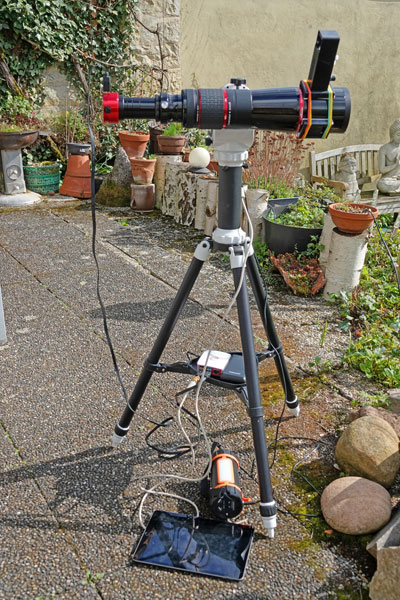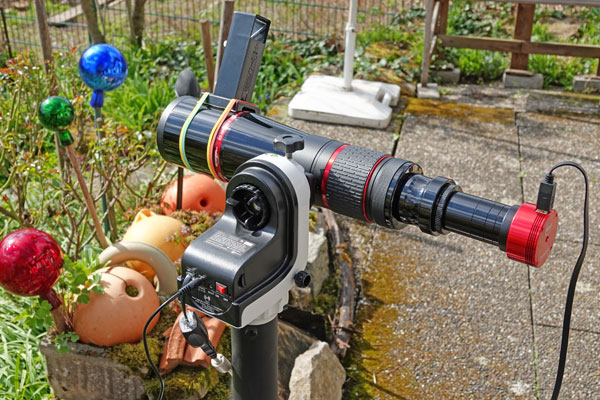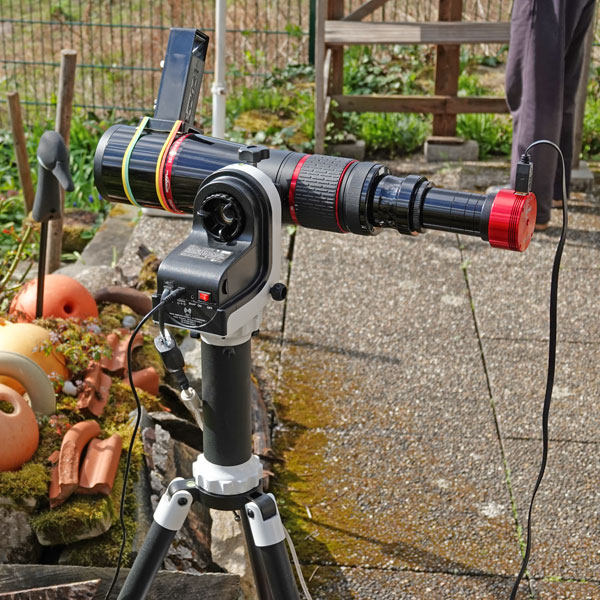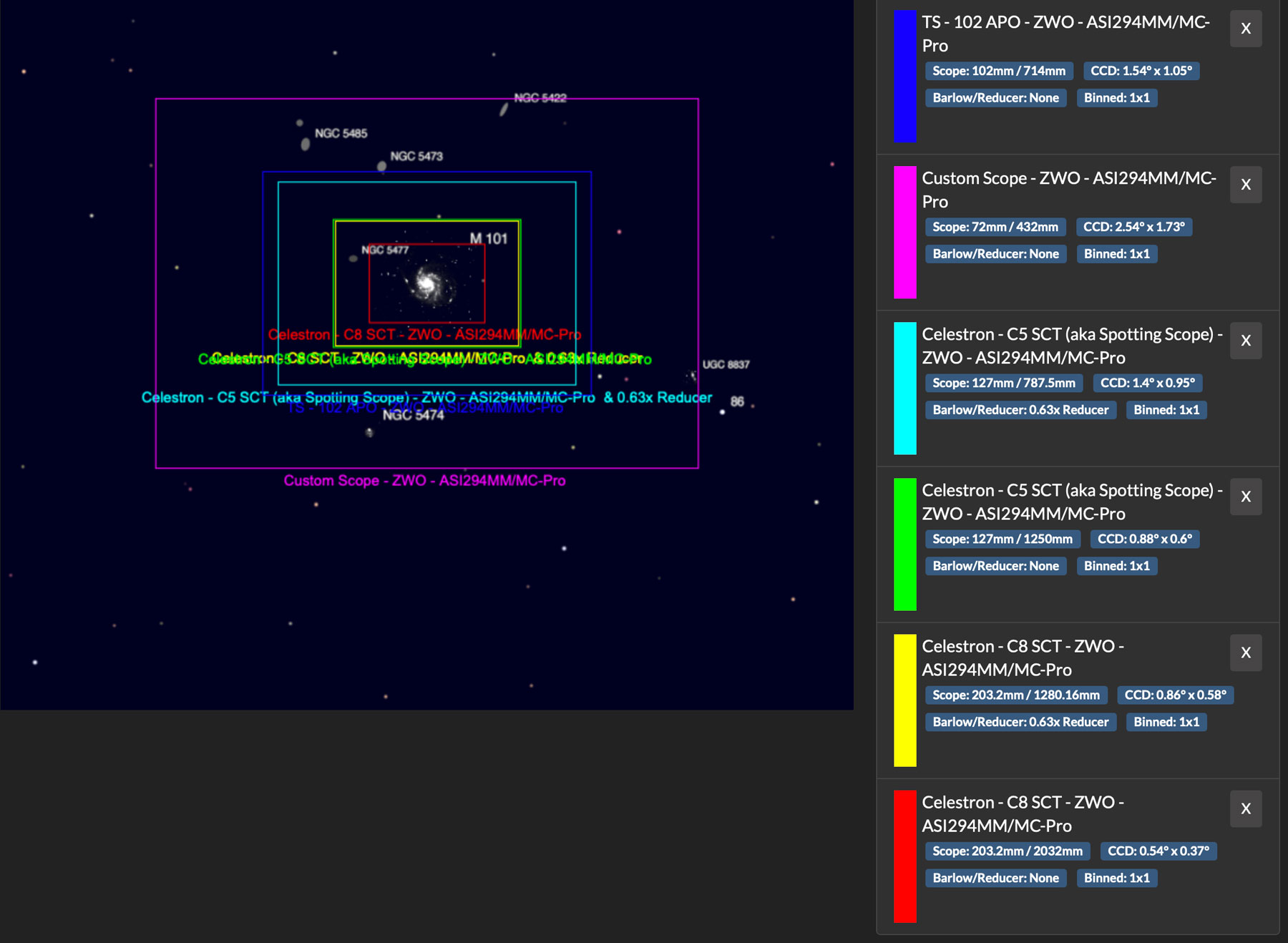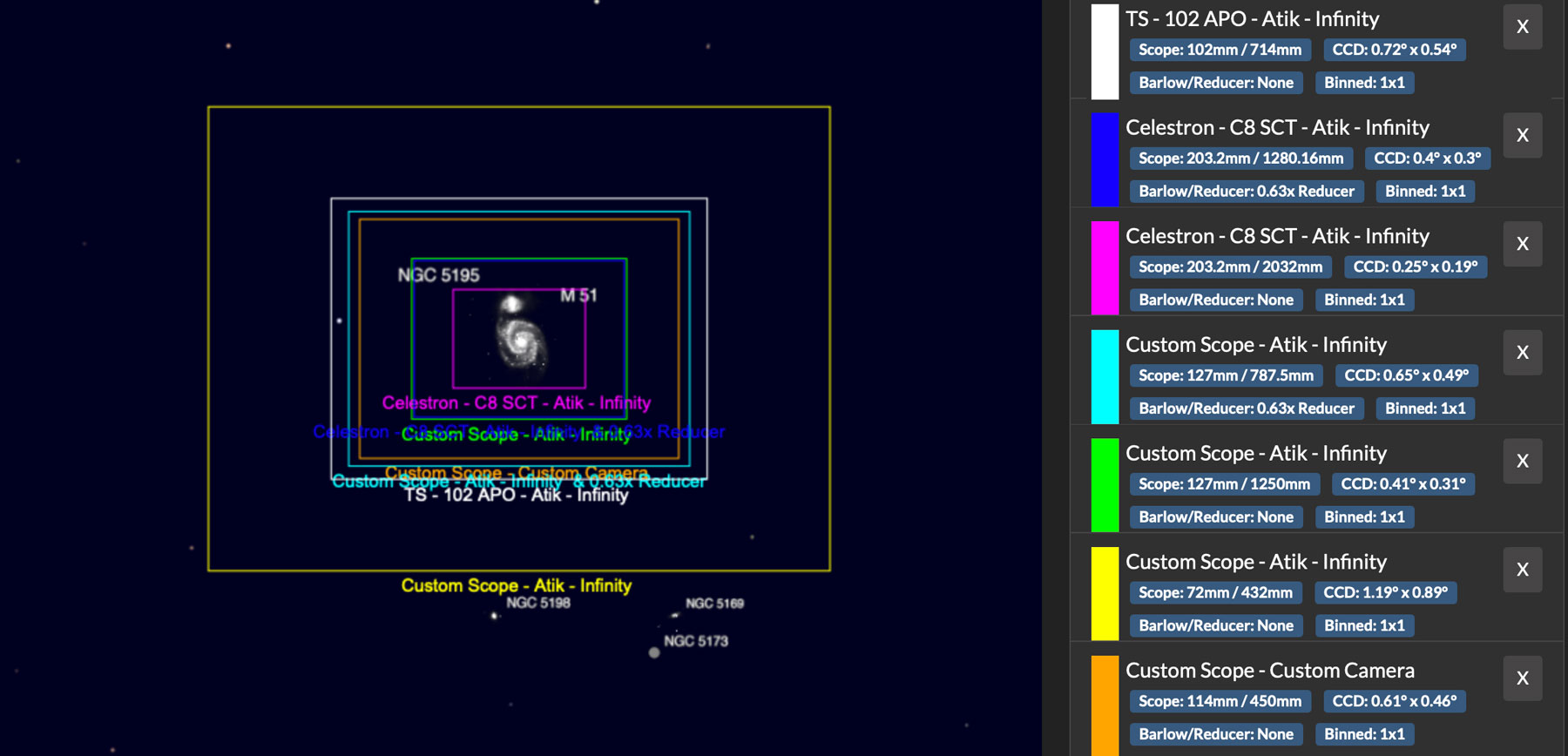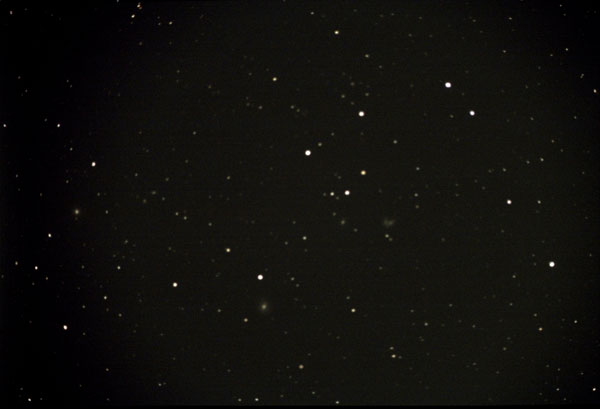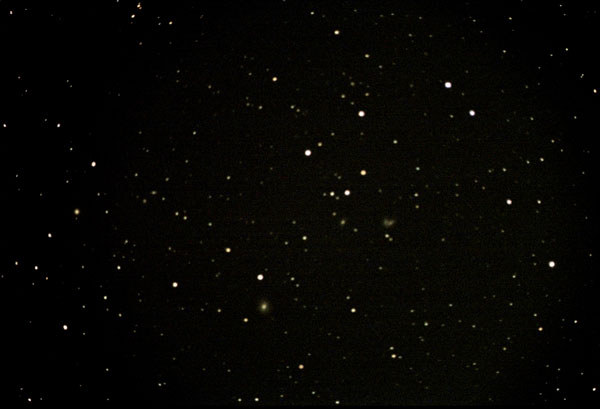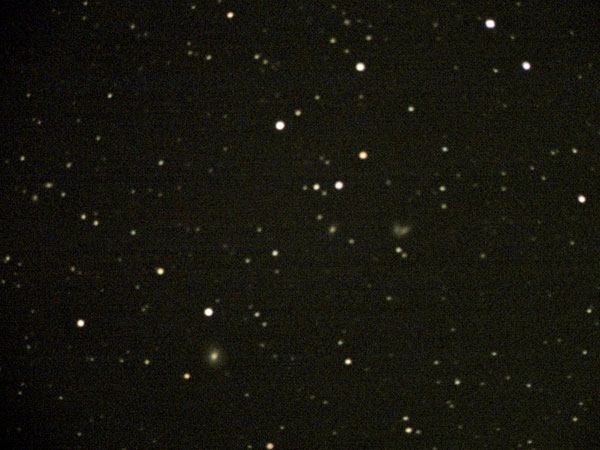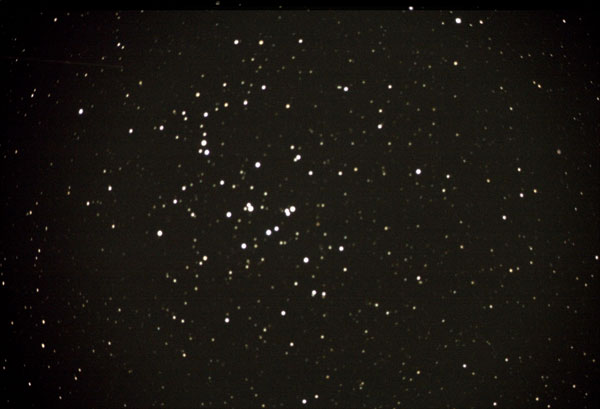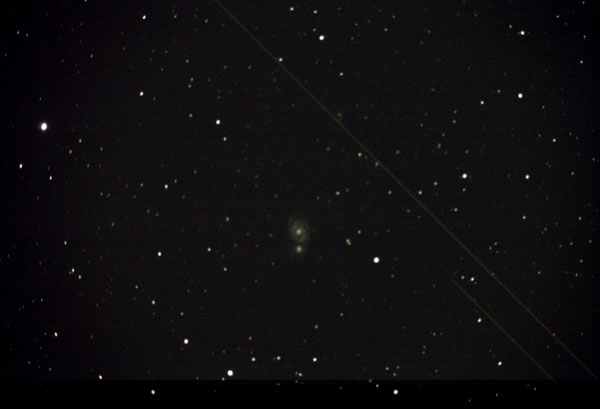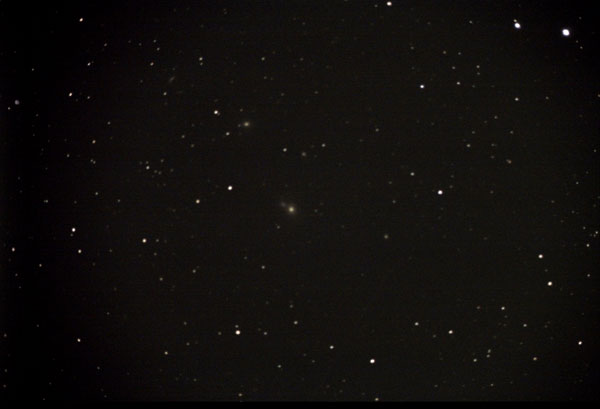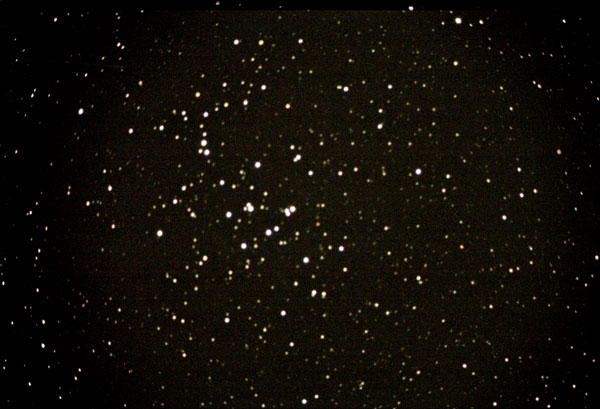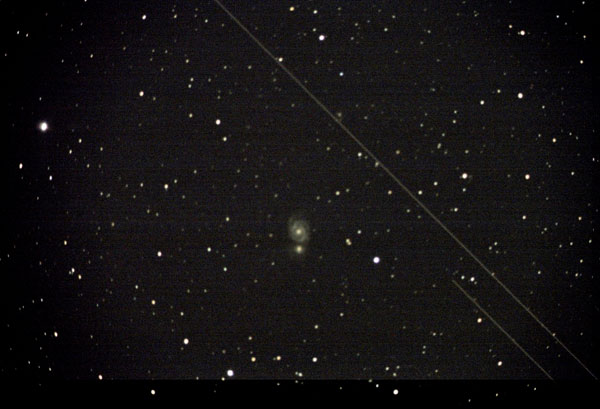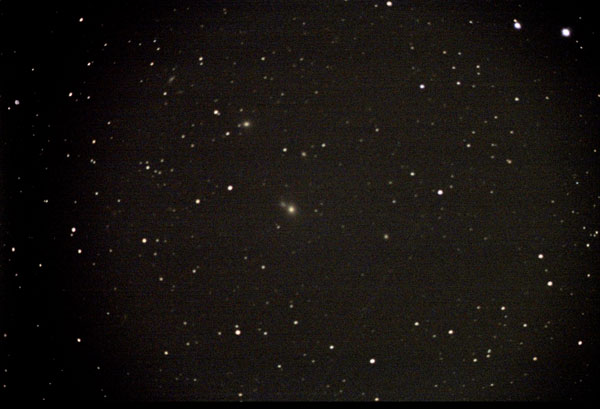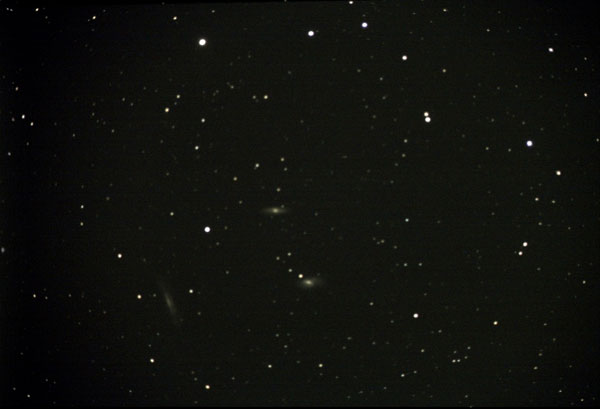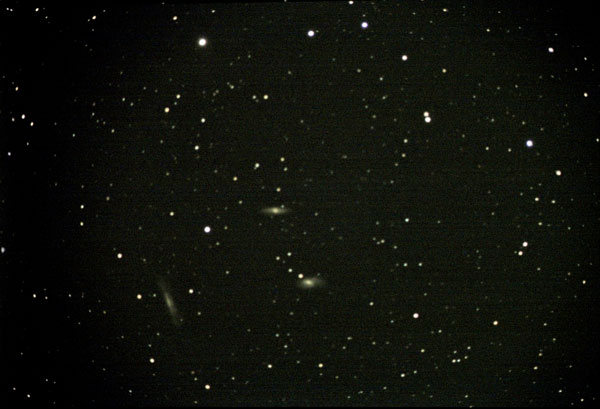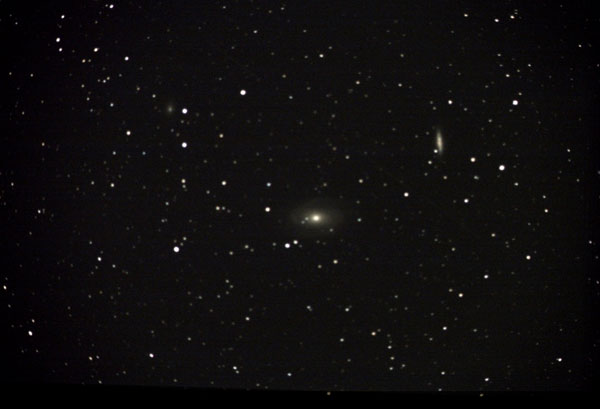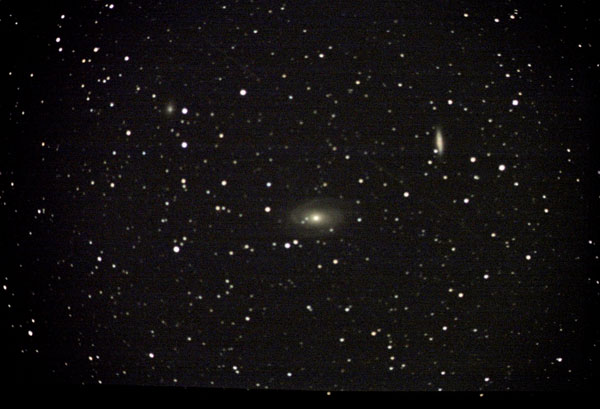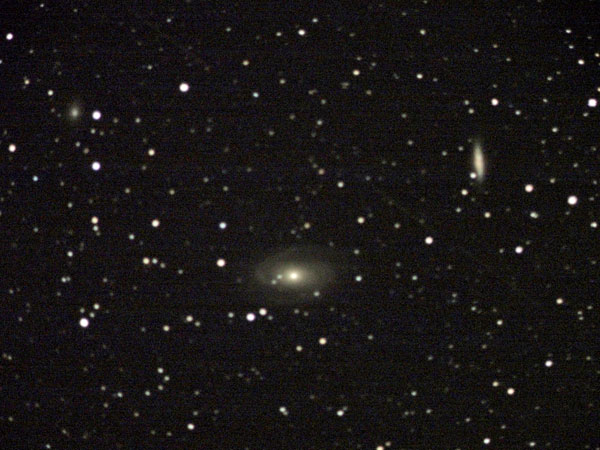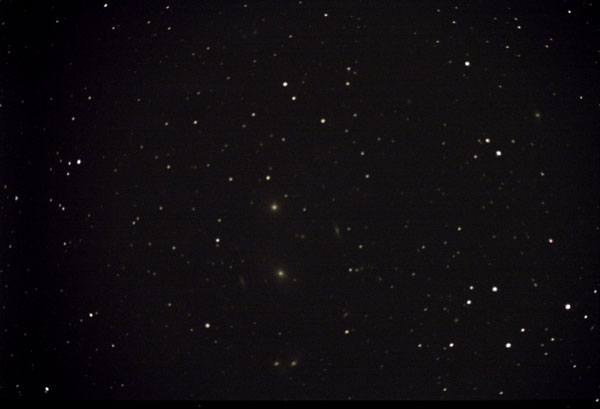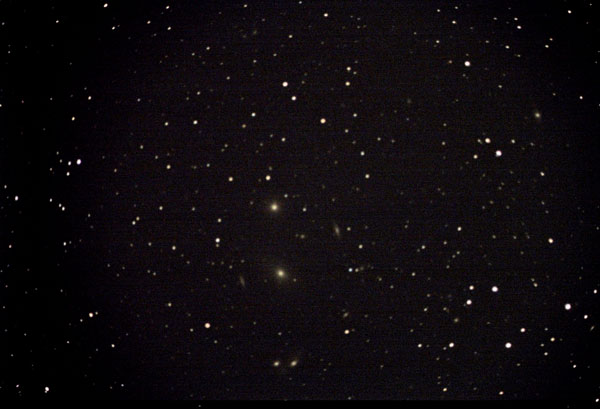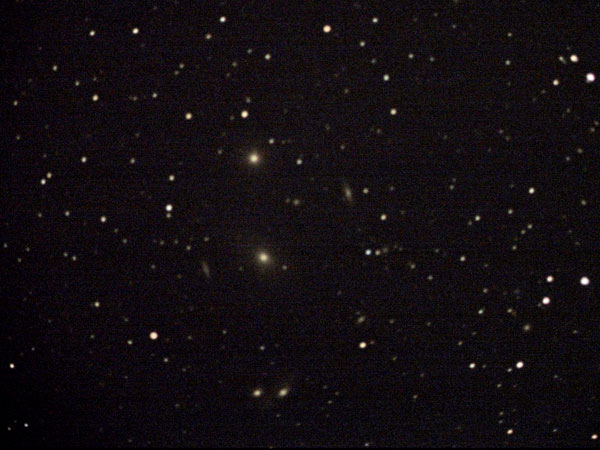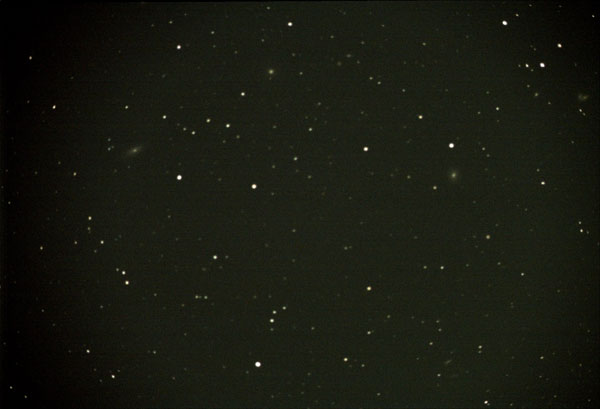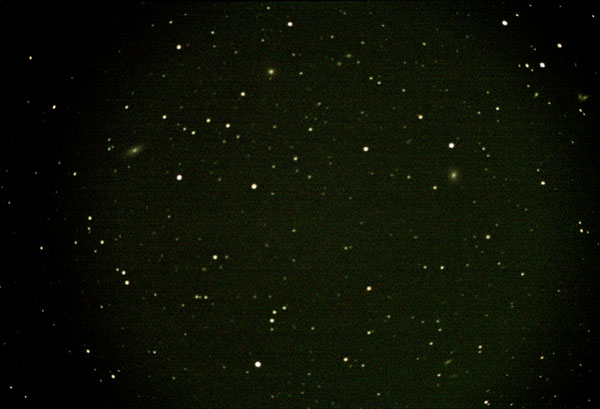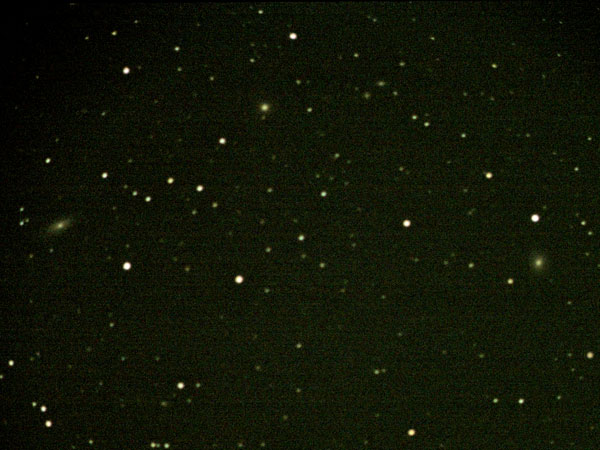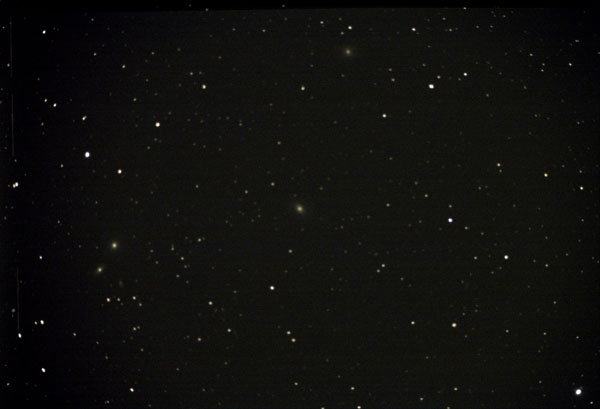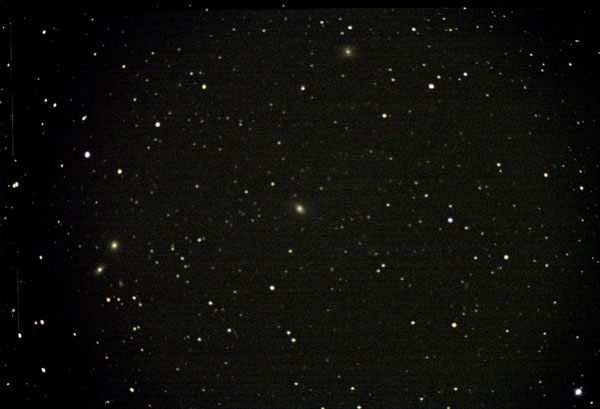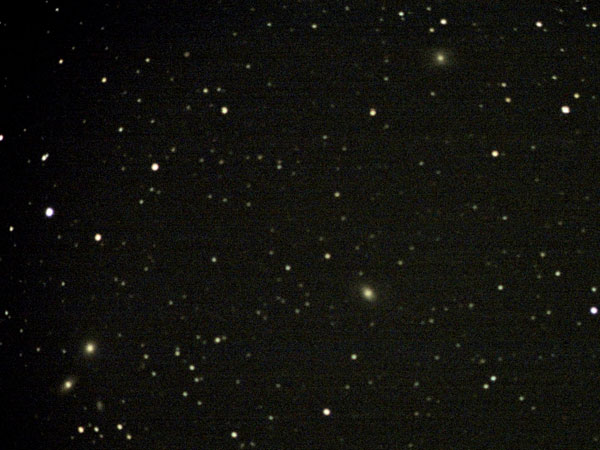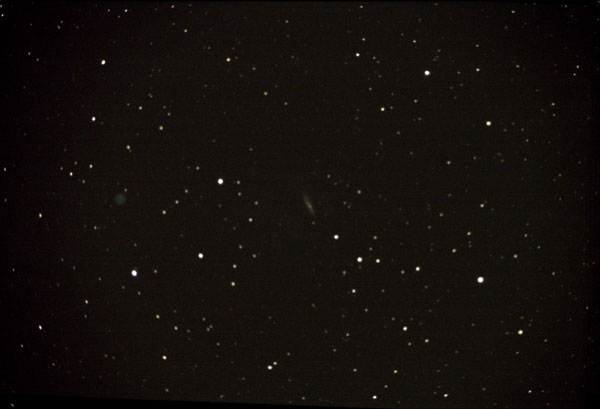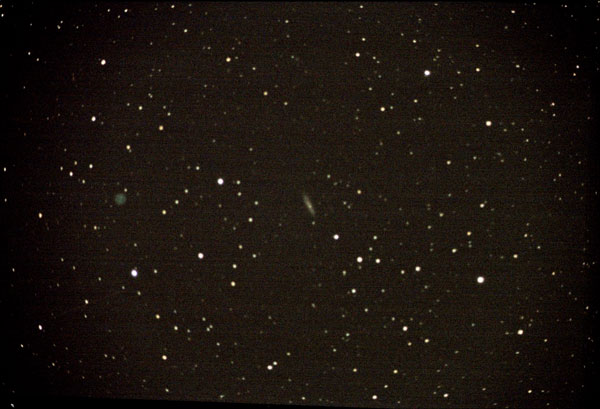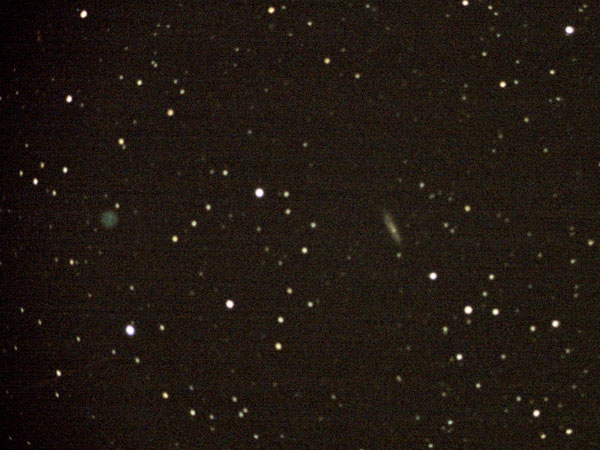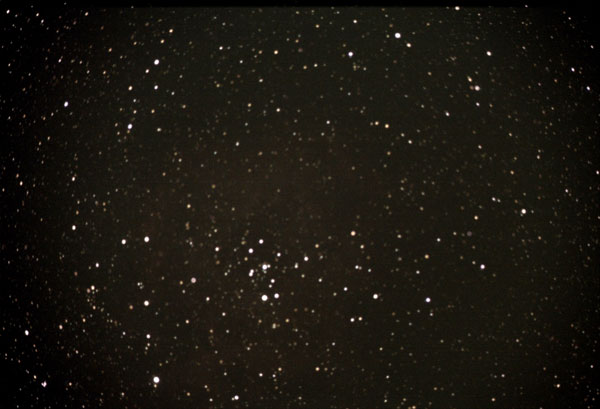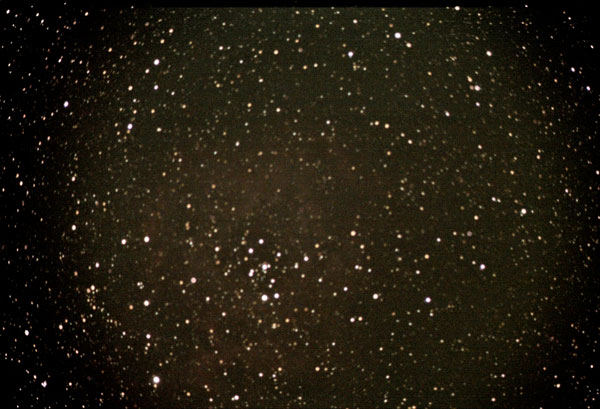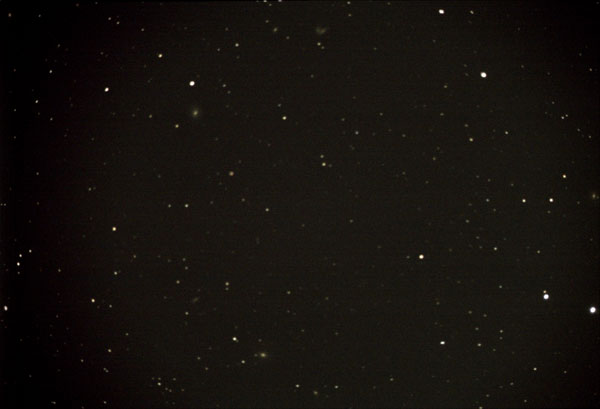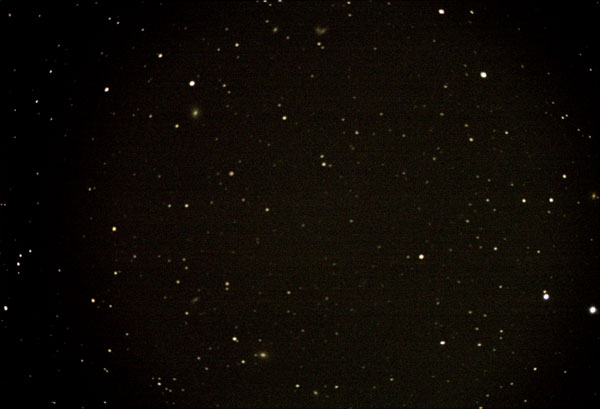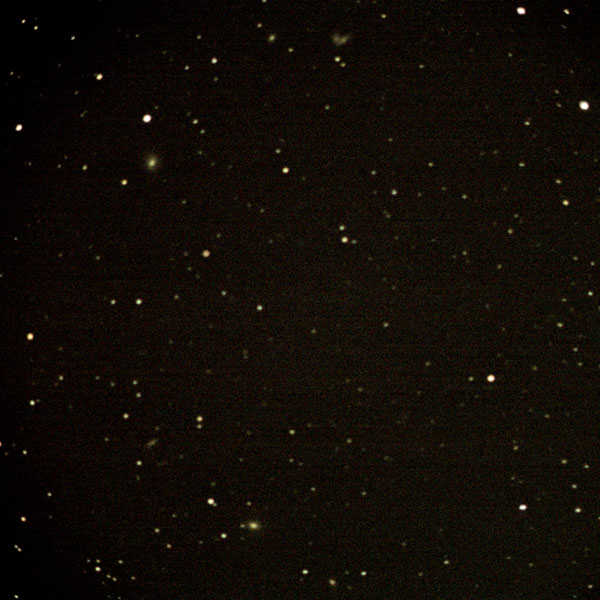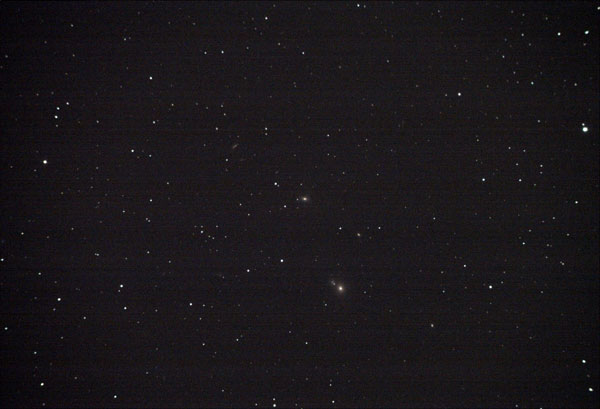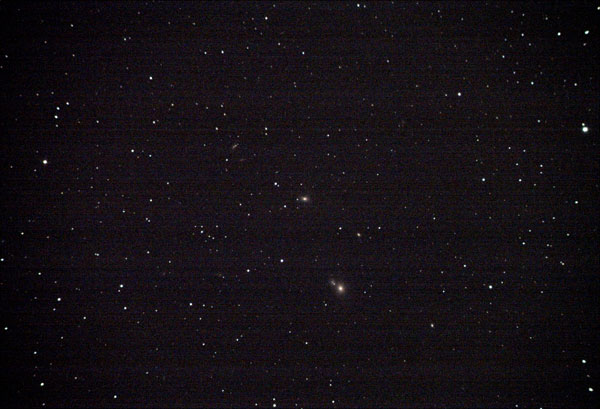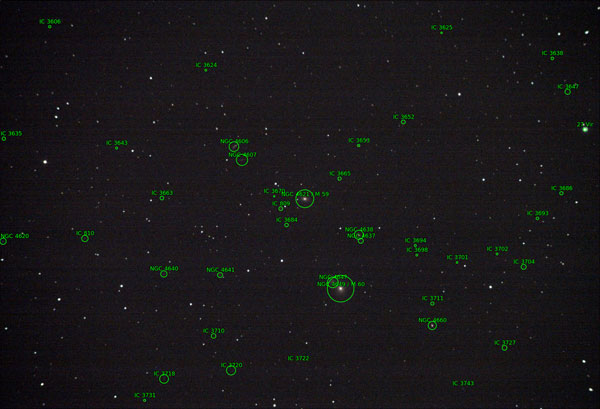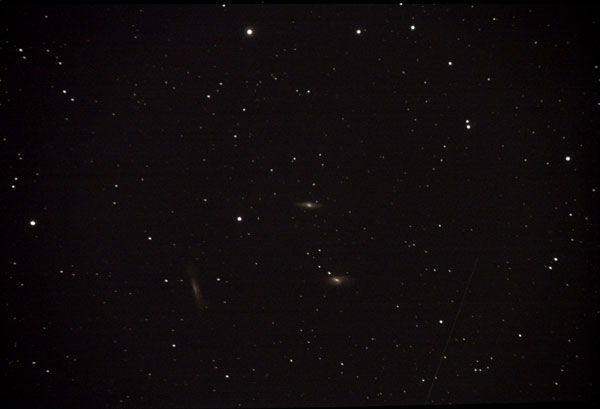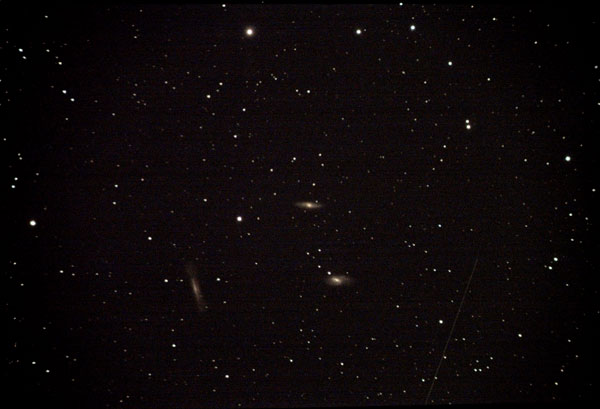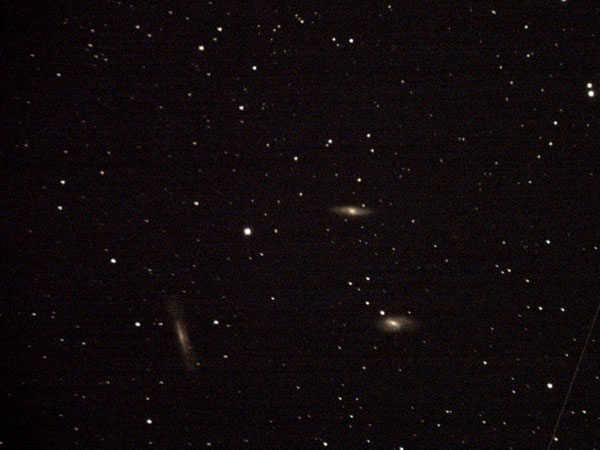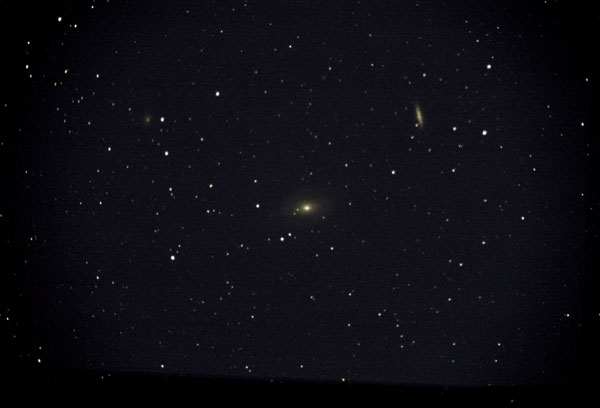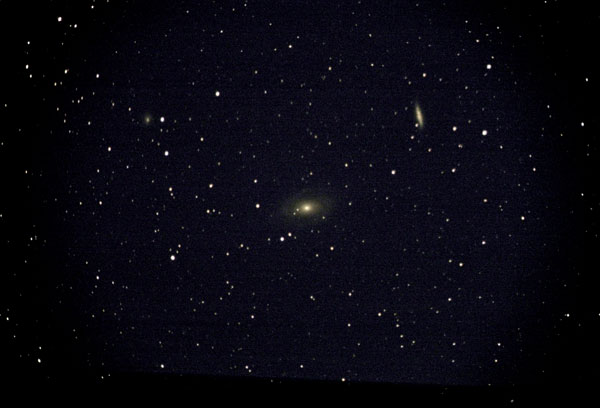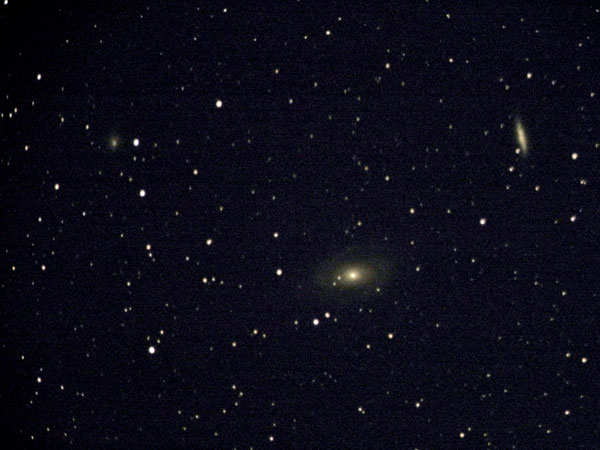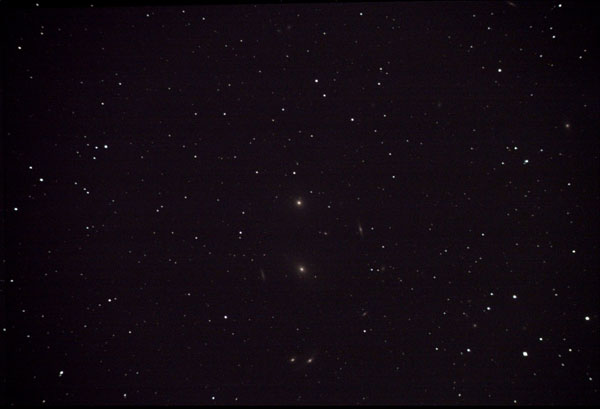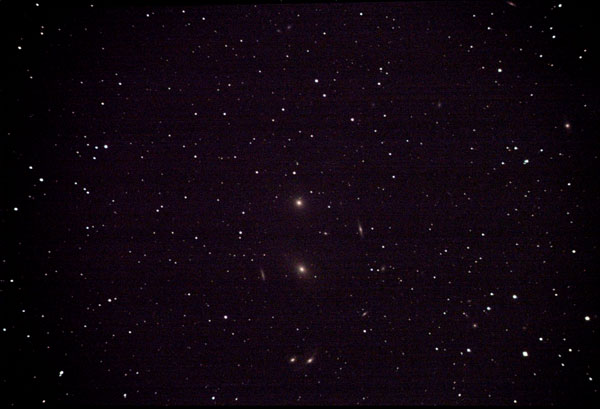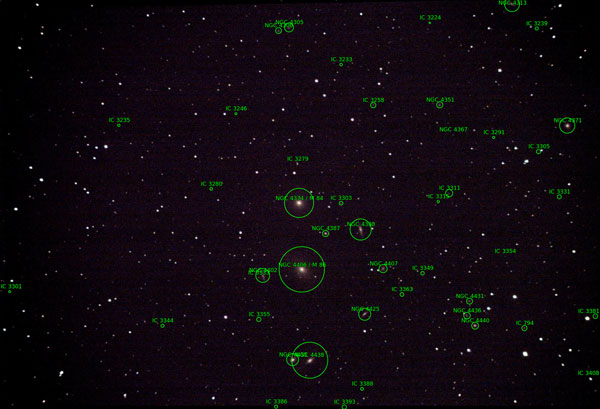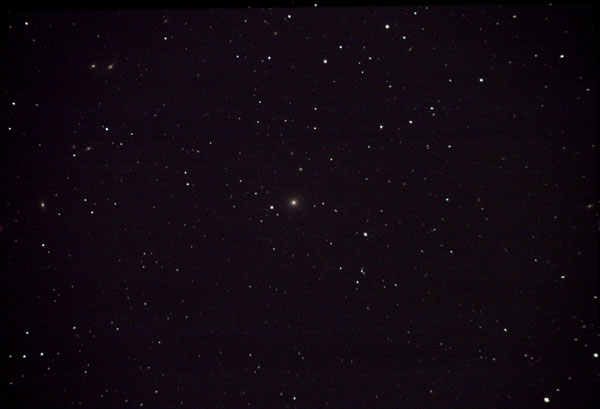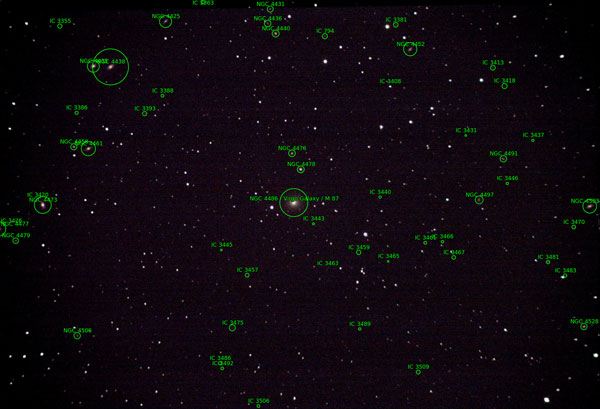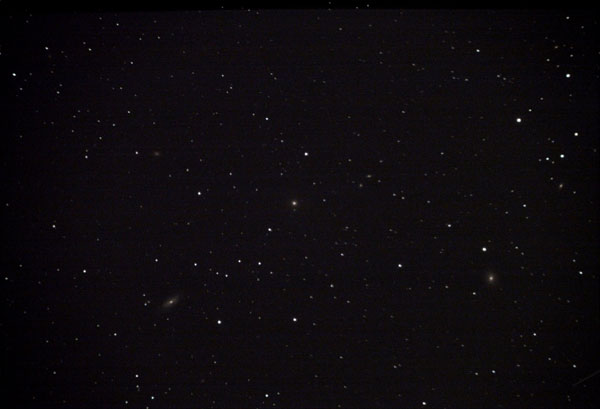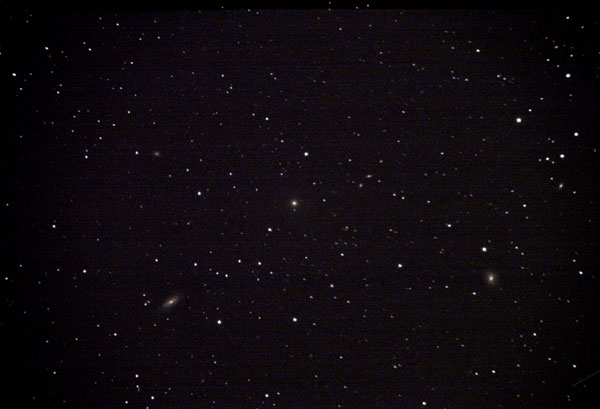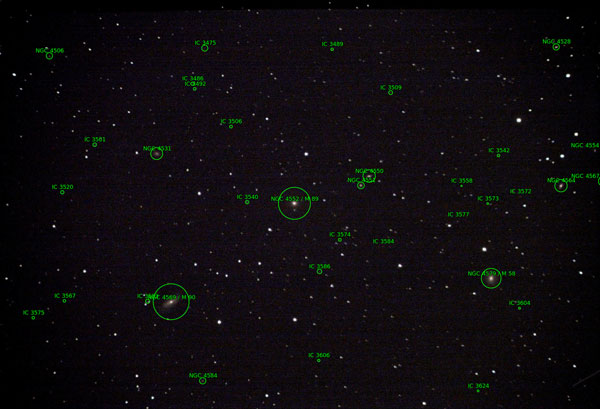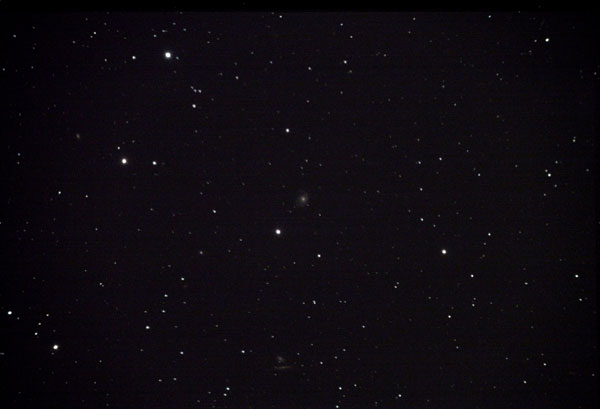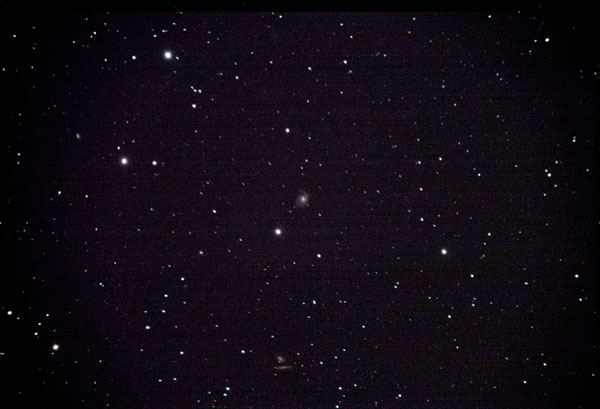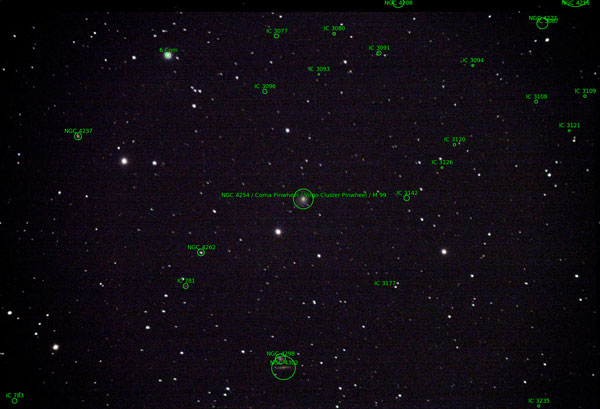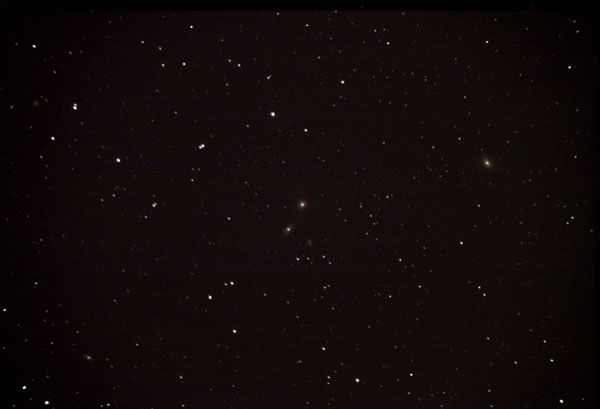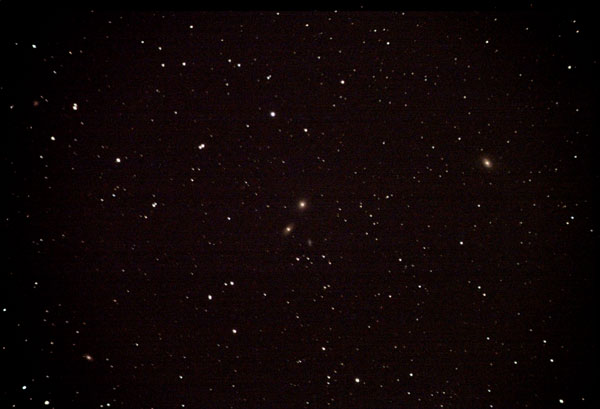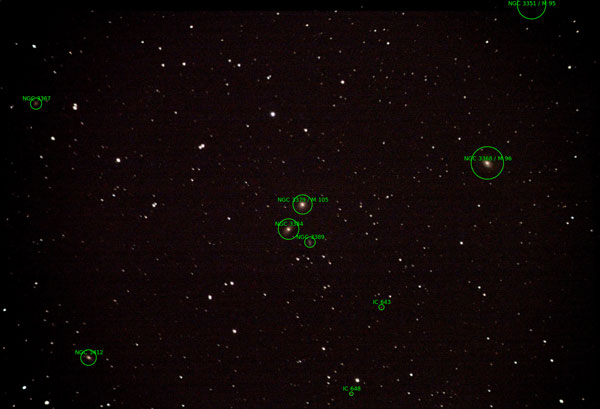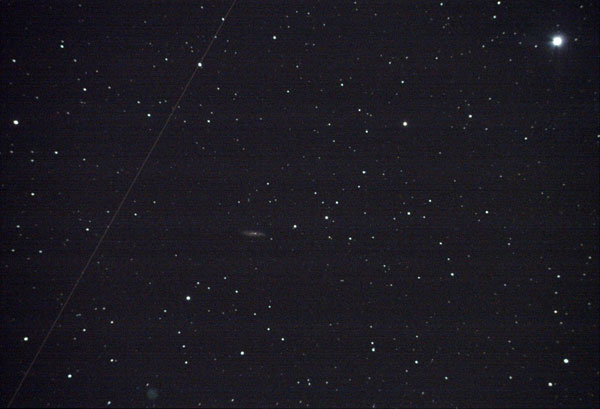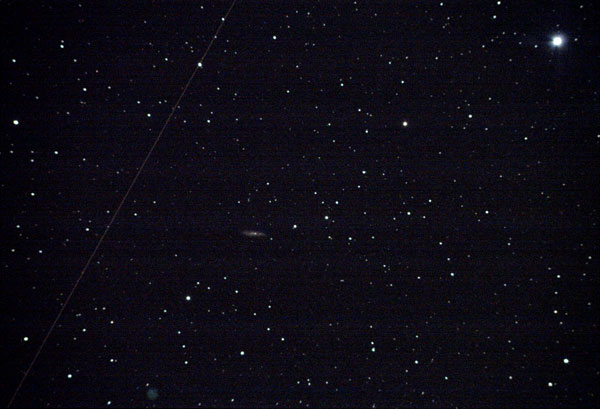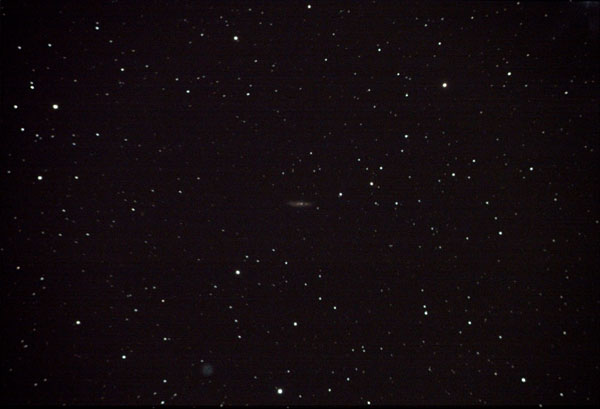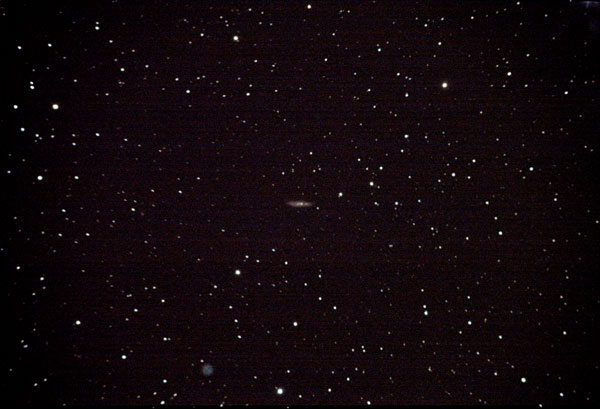ZWO ASI294 Color Camera - Information
Introduction | Look | Look at the PS 72/432 | Sensor, Pixel Data, Field of View | Visited Sky Objects | First Photo Attempts | Preliminary Conclusions | Links | Appendix: Data
Archive
On this page, I present some information about my ZWO ASI294MC color camera (borrowed one from a starfriend at the end of March 2022, bought another one on April 5, 2022 more or less new in an astronomy forum; so I sent the borrowed ASI294 back to my starfriend at the beginning of April 2022, just after only one use...).
See the appendix for the data. See also:
See also:
- ZWO ASI294 Color Camera - Information Archive
- ZWO ASI294 Color Camera - Galaxies Archive
- ZWO ASI294 Color Camera - Mosaic Attempts Archive
- ZWO ASI224 Color Camera - Information Archive
- ZWO ASI462 Color Camera - Information Archive
| Note: Unfortunately, I only used my ZWO ASI294MC camera very little because I kept using my electronic telescopes. So I sold the camera again at the end of November 2024, even though I had not really explored its potential yet. |
Introduction
After purchasing the Atik Infinity (at the end of 2017) and the ZWO ASI224MC (April 2021), one might of course wonder why my "camera store" still had to be supplemented or replaced with a ZWO ASI294. In the end, my attempts with the ASI224 were not particularly successful, and without being able to prove it conclusively, my assumption was that the field of view of these cameras was too small to guarantee a reliable GoTo and live stacking function. Thus, the targeted object was often at the edge or even outside the field of view. And again and again, applications such as ASIStudio and SharpCap complained that not enough stars were found to perform live stacking.
My initial consideration was to replace the "normal" GoTo with a GoTo based on plate solving. For this purpose, I purchased the StellarMate astronomy computer after Cuiv the Lazy Geek made a massive advertisement for it in a video. However, like many others inspired by that video, I quickly realized that this system was still full of bugs and initial successes simply could not be replicated. After another software update (March 2022), it looked as if I might be getting a little closer to the goal: The system gained stability, certain functions were finally implemented, but the crucial question, whether the field of view of the camera has an influence at the StellarMate on the GoTo success or not, I was not not able to clarify yet (see below...).
At the end of March 2022, a star friend offered to lend me his ZWO ASI294MC and, of course, I gladly agreed to his offer, especially since I was not able to find any such cameras for sale in the "Offer" astronomy forums. After I had done a first test with the borrowed ASI294, I looked again into the "Offer" forum - and found a mint ASI294, which had not yet been sold and which I bought on the spot. Of course, I do not know yet, whether it will indeed solve my StellarMate problems... However, I am very convinced that it would solve my GoTo problems if I worked without the StellarMate (i.e. with software on the laptop). But that is exactly the effort I did not really want to put into it...
Update: I gave away my StellarMate astrocomputer in June 2024. So I will use ZWO ASIStudio again for controlling the camera in the future (or sell the camera...).
Look
Note: Since the two cameras shown are used cameras, the packages may not be in their original state...
Unboxing... Borrowed Camera
|
Box |
Box opened |
Ditto |
|
Box (nearly) empty |
Box opened and (nearly) empty |
|
|
Box opened and (nearly) empty |
Ditto, camera lid removed |
|
Bought Camera
Look of the (Bought) Camera
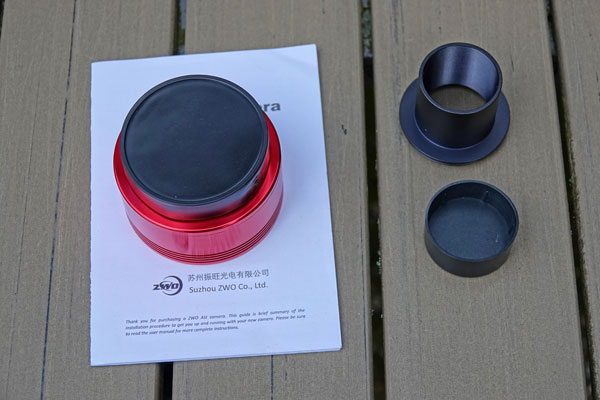 |
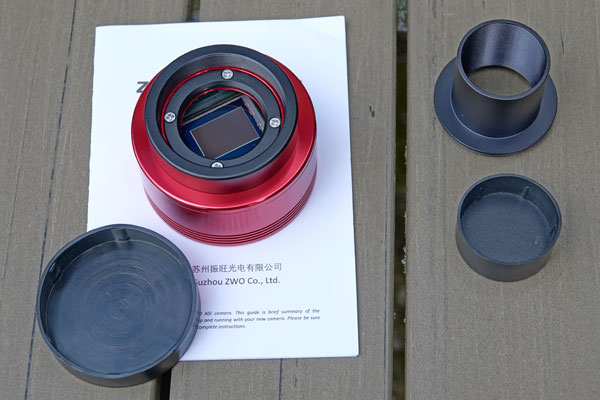 |
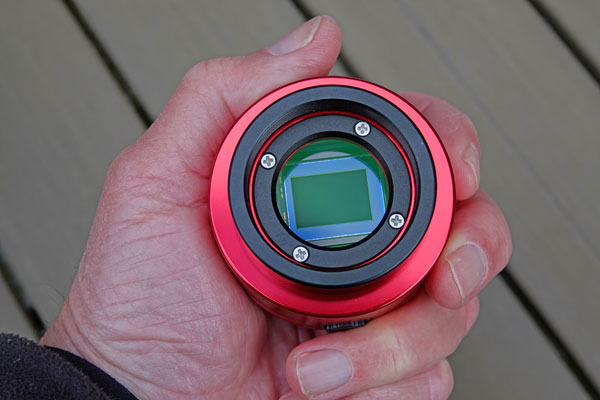 |
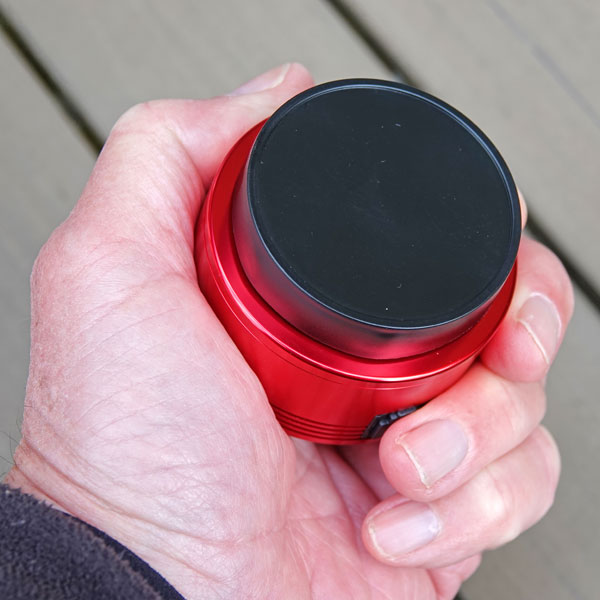 |
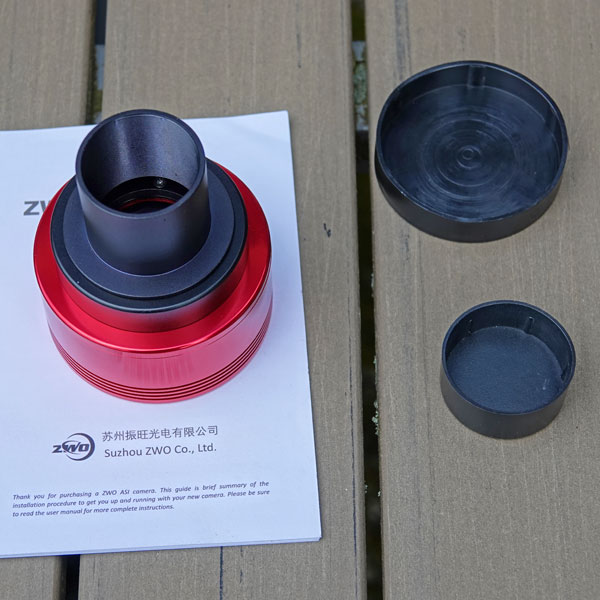 |
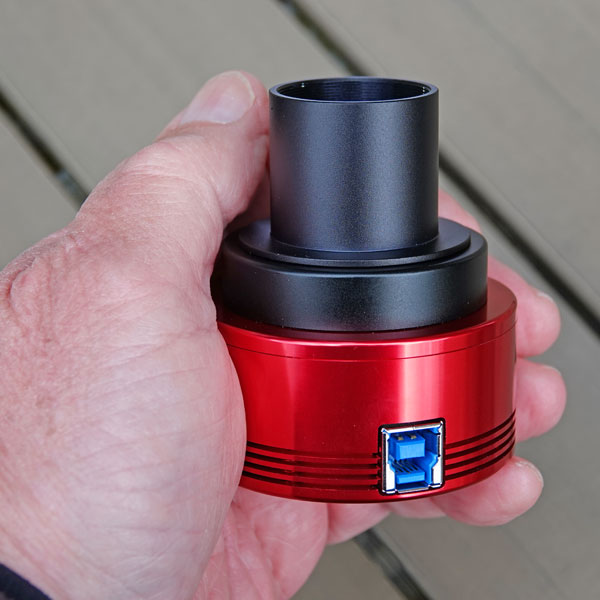 |
Look at the PS 72/432
Here, the ZWO ASI294 is shown at the Omegon PS 72/432; the photos are taken with the StellarMate astronomy computer, which is controlled using an iPad. The photos show a complete EAA equipment!
Sensor, Pixel Data, Field of View
The ASI294MC camera uses the Sony sensor type IMX294 (CMOS) with a resolution of 11.7 MegaPixels, or 4144 x 2822 pixels (H/V). The pixel size is 4.63µm (quadratic pixels). With this, all sizes are known to calculate the field of view of the camera at different telescope tubes!
For simplity reasons, I did not calculate the values myself, but used the Website astronomy.tools for calculating the field of view of the ASI294MC camera at my current telescope tubes (as of April 2022):
Legend: Magenta Custom Scope = PS 72/432
And here the same for the Atik Infinity camera for comparison:
Legend: Orange Custom Scope = eVscope; Yellow Custom Scope = PS 72/432
And here the same for the ZWO ASI224 camera (Sony IMX224/225) for comparison:
Legend: Orange Custom Scope = eVscope; Red Custom Scope = PS 72/432
I summarize the results of the diagrams (and further ones) in the following table:
Field of View |
|||||||||
| Telescope | Reducer | Focal Length |
Aperture | f | ASI224MC* | ASI294MC* | ASI462MC* | Atik Infinity* | Remarks |
| PS 72/432 | --- | 432 | 72 | 6 | 0.65° x 0.48° | 2.54° x 1.73° | 0.74° x 0.42° | 1.19° x 0.89° | The largest FOV of my tubes |
| C5 | --- | 1250 | 127 | 10 | 0.22° x 0.17° | 0.88° x 0.60° | 0.26° x 0.15° | 0.41° x 0.31° | FOV like C8 with reducer |
| C5 | f/6.3 | 787.5 | 127 | 6.3 | 0.36° x 0.17° | 1.40° x 0.95° | 0.41° x 0.23° | 0.65° x 0.49° | FOV a little smaller as with TLAPO1027 |
| C8* | --- | 2032 | 203 | 10 | 0.14° x 0.1° | 0.54° x 0.37° | 0.16° x 0.09° | 0.25° x 0.19° | The smallest FOV |
| C8* | f/6.3 | 1280 | 203 | 6.3 | 0.22° x 0.16° | 0.86° x 0.58° | 0.25° x 0.14° | 0.4° x 0.3° | FOV like C5 |
| TLAPO1027* | --- | 714 | 102 | 7 | 0.39° x 0.29° | 1.54° x 1.05° | 0.45° x 0.26° | 0.72° x 0.54° | FOV a little larger than for C5 with reducer |
| in Degrees | in Minutes | ||||||||
| eVscope* | --- | 450 | 114 | 4 | 0.61° x 0.46 | 36.7' x 27.6' | Same sensor as ASI224: Sony IMX224 | ||
| eVscope 2* | --- | 450 | 114 | 4 | 0.78° x 0.57°* | 47' x 34' | *New sensor: Sony IMX347 | ||
| Vespera* | 200 | 50 | 4 | 1.6° x 0.9°** | 100' x 54' (ca.) | **Same sensor as ASI462: Sony IMX462 | |||
| Vespera Pro | 250 | 50 | 5 | 1.6° x 1.6° | 100' x 100' (ca.) | New sensor: Sony IMX676 | |||
*) No longer in my possession
Visited Sky Objects
During my first three photo attempts in April 2022 with the ZWO ASI294MC camera and the PS 72/432 refractor, I visited the following sky objects:
- April 3, 2022: M 51, M 65/66/NGC 3628 (Leo Triplet), M 81/82, M 95/96
- April 18, 2022: Rosette Nebula (NGC 2238), Leo Triplet (M 65 + M 66, NGC 3628), M 81 (+ M 82, NGC 3077), M 96 (+ M 95), M 105, M 84 + M 86 (Great Galactic Face), M 51, M 108 (+ M 97), M 60 (+ M 59), M 44 (Coma Berenice Cluster), IC 3483 (Zwicky's Triplet; near ST), NGC 4567/68 (Siamese Twins), M 89 (+ M 90)
- April 28, 2022*: M 81 (+ M 82), Leo-Triplett (M 65 + M 66, NGC 3628), M 105, M 84 (IC 3279; Markarian's Chain; Great Galactic Face), M 87, M 89, M 99, M 59 (+ M 60), M 108 (+ M 97)
*) It is certainly quite interesting to see which and how many larger galaxies (M and NGC) could be captured on 9 photos (the 10th photo is a duplicate...) during that one evening:
- M 58, M 59, M 60, M 65, M 66, M 81, M 82, M 84, M 86, M 87, M 89, M 90, M 96 (, M 95), M 99, M 105, M 108 (16 galaxies)
- NGC 3077, NGC 3367, NGC 3384/89, NGC 3412, NGC 3499, NGC 3517, NGC 3594, NGC 3628, NGC 4222, NGC 4237, NGC 4262, NGC 4298, NGC 4302, NGC 4305/06, NGC 4313, NGC 4351, NGC 4371, NGC 4387/88, NGC 4402, NGC 4407, NGC 4425, NGC 4435/38 (The Eyes), NGC 4431/36/40, NGC 4452, NGC 4458/61, NGC 4473, NGC 4476, NGC 4478, NGC 4479, NGC 4491, NGC 4497, NGC 4503, NGC 4506, NGC 4528, NGC 4531, NGC 4550/51, NGC 4564, NGC 4584, NGC 4606/07, NGC 4637/38, NGC 4660 (51 galaxies)
Further objects can then be found at the corresponding observations. Please note that due to the large field of view with the refractor sometimes more objects can be seen on the photos than are listed here.
First Photo Attempts
In the following, I present photos of my first three photo attempts with the ZWO ASI294MC at the PS 72/432 refractor. Details can be found on page Ikarus StellarMate Plus - Further Experiences. Later, I may replace these photos with better ones...
Nightly Test with PS 72/432, Borrowed ASI294, StellarMate, and AZ-GTi (April 3, 2022, Mühlhausen)
Equipment: StellarMate, AZ-GTi, ZWO ASI294 (exposure time 10 s all the time), PS 72/432, no UV/IR cut filter; the FOV is about 2.5° x 1.7°.
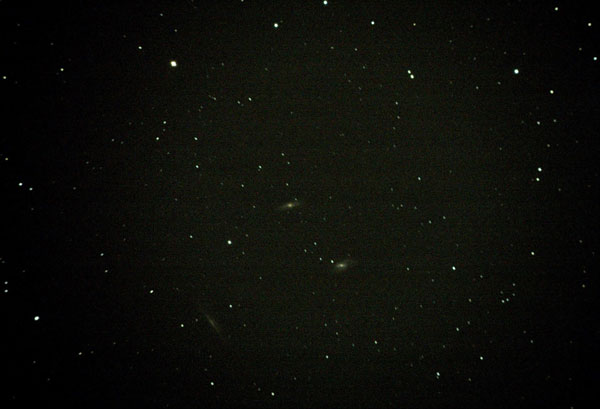 |
 |
|
Leo-Triplet - Apr 3, 2022, processed (preview only) |
M 51 - Apr 3, 2022 |
|
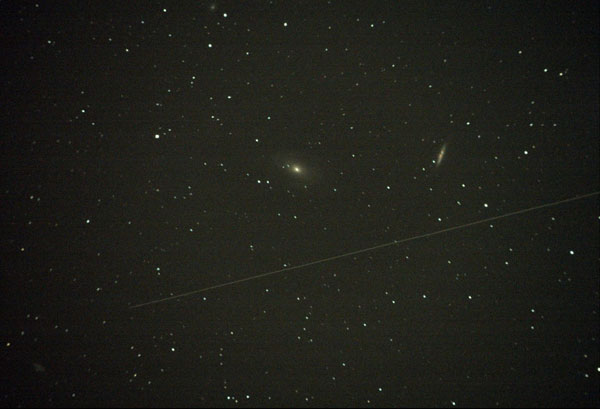 |
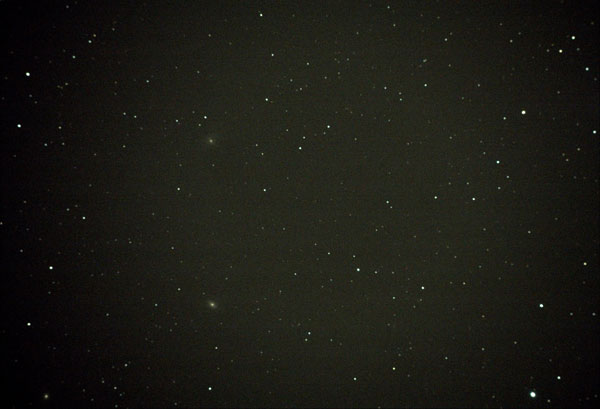 |
|
M 81/82 - Apr 3, 2022 |
M 95/96 - Apr 3, 2022 |
First Nightly Test with PS 72/432, My Own ASI294MC, StellarMate, and AZ-GTi (April 18, 2022, Mühlhausen)
Equipment: StellarMate, AZ-GTi, ZWO ASI294 (exposure time 10 s all the time), PS 72/432, no UV/IR cut filter; the FOV is about 2.5° x 1.7°.
Order: Rosette Nebula (NGC 2238), Leo Triplet (M 65 + M 66, NGC 3628), M 81 (+ M 82, NGC 3077), M 96 (+ M 95), M 105, M 84 + M 86 (Great Galactic Face), M 51, M 108 (+ M 97), M 60 (+ M 59), M 44 (Coma Berenice Cluster), IC 3483 (Zwicky's Triplet; near ST), NGC 4567/68 (Siamese Twins), M 89 (+ M 90)
Second Nightly Test with PS 72/432, My Own ASI294MC, StellarMate, and AZ-GTi (Apr 28, 2022, Erkerode)
Equipment: StellarMate, AZ-GTi, ZWO ASI294 (exposure time 10s all the time), PS 72/432, no UV/IR cut filter; the FOV is about 2.5° x 1.7°.
Order: Procyon (focusing using stars); M 81 (+ M 82), Leo Triplet (M 65 + M 66, NGC 3628), M 105, M 84 (IC 3279; Markarian's Chain; great galactic Face), M 87, M 89, M 99, M 59 (+ M 60; 2 attempts...), M 108 + (M 97; with some problems)
Note: In the case of several targets on a photo, I accessed the one before the "+" sign.
Preliminary Conclusions
My tests with the ASI294, I have done so far only with the PS72/432 refractor and the StellarMate astrocomputer. Thereby, I had a huge field of view of 2.5° width. Correspondingly small are the sky objects, mainly galaxies. In this form, the photos are more suitable for galaxy counting than for viewing... So, it is far too early even for preliminary conclusions.
I should do further tests with the C5 first, without and with reducer/corrector. For the TLAPO1027, I need a GoTo-mount with a higher load capacity than the AZ-GTi offers. I have this with the Star Discovery mount, but this mount does not work with the StellarMate astrocomputer...
Update: I gave away my StellarMate astrocomputer in June 2024 and sold my TLAPO1027 refractor in October 2024.
| Note: Unfortunately, I only used my ZWO ASI294MC camera very little because I kept using my electronic telescopes. So I sold the camera again at the end of November 2024, even though I had not really explored its potential yet. |
Links
- ASI294MC (color) (ZWO Website): astronomy-imaging-camera.com/product/asi294mc
- See also my page offering Astronomy Links.
Appendix: Data of the ZWO ASI 294MC
Camera Technical Details (from ZWO Website)
- Sensor: 4/3" CMOS IMX294
- Resolution: 11.7 Mega Pixels 4144 x 2822
- Pixel Size: 4.63 µm
- Sensor Size: 19.1 mm x 13.0 mm
- Diagonal: 23.2 mm
- Read noise: 1.2 e-
- Full Well Capacity: 63,700 e-
- Exposure Range: 32 µs to 2000 s
- ROI: Supported
- Binning: 2 × 2 binning supported???
- Focus Distance to Sensor: 17.5 mm
- Shutter Type: Rolling Shutter
- Protect Window: AR coated window
- Operating System Compatibility: Mac, Windows, Linux
- Interface: USB3.0/USB2.0
- Bit Rate: 12 bit output (12 bit ADC)
- Telescope Adaptor: 2" / 1.25" / M42 x 0.75 (T2)
- Diamesion: 62 mm x 36 mm
- Weight: 120g
| 28.11.2024 |
